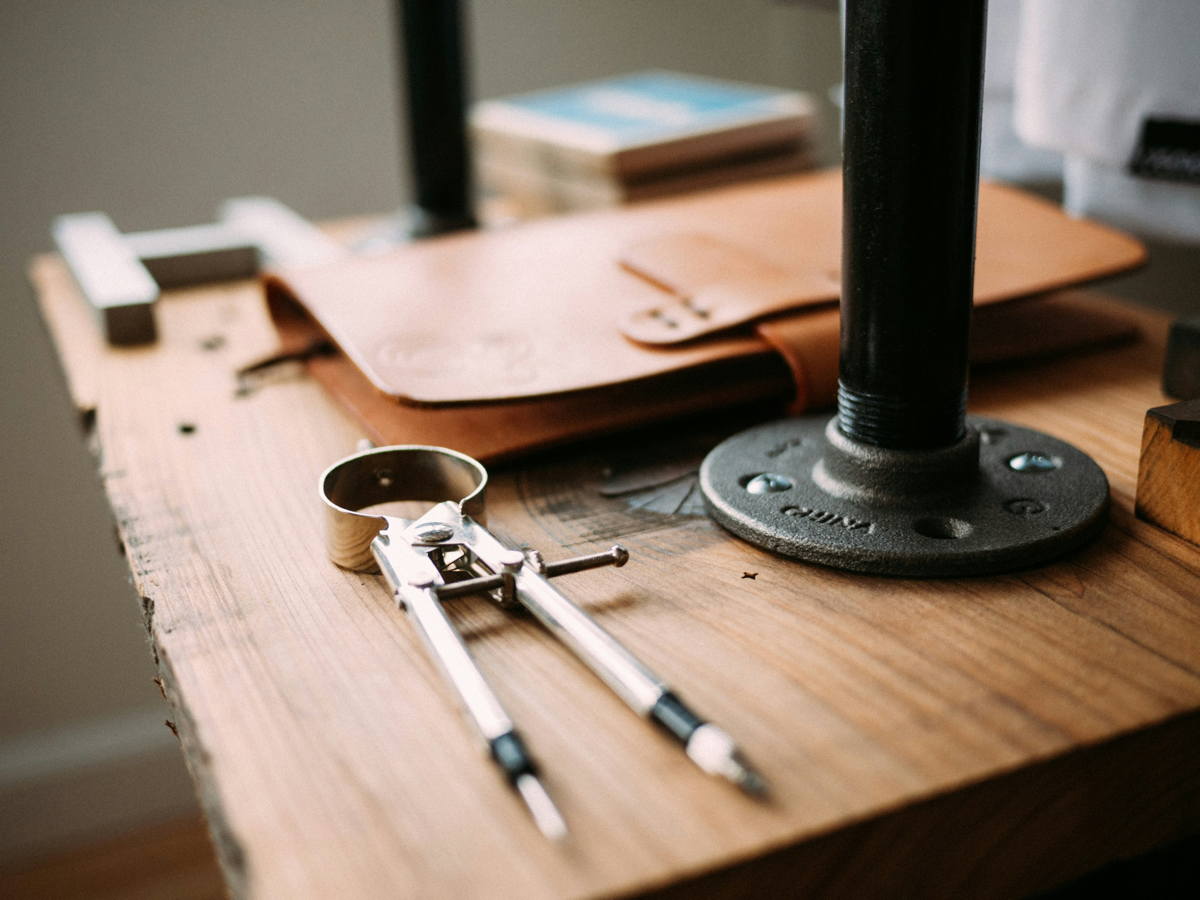
The Leather Challenge | Where To Find The Most Sustainable Alternative
Sustainable leather alternatives are more creative then ever. From bags made from cactus, to shoes curated with banana. Leather has never been more sustainable. With more and more brands committing to the change, it’s time to learn more about the leather revolution.
The public perception surrounding animal based leathers has changed over the last few years. But it is only recently that synthetic vegan leathers have come under scrutiny. Usually manufactured with polyester or nylon, these PVC or PU based leathers are not made from a renewable source. They do not biodegrade. They also do not last as long, and are therefore, in some ways, even less sustainable than animal leather.
Therefore, the leather challenge has begun. And natural leathers are leading the way. The search for sustainable, vegan options has lead to a focus on vegetable, fruit, even mushroom based leathers. With the rise of consumer interest, more leathers are being created to try and solve this issue.
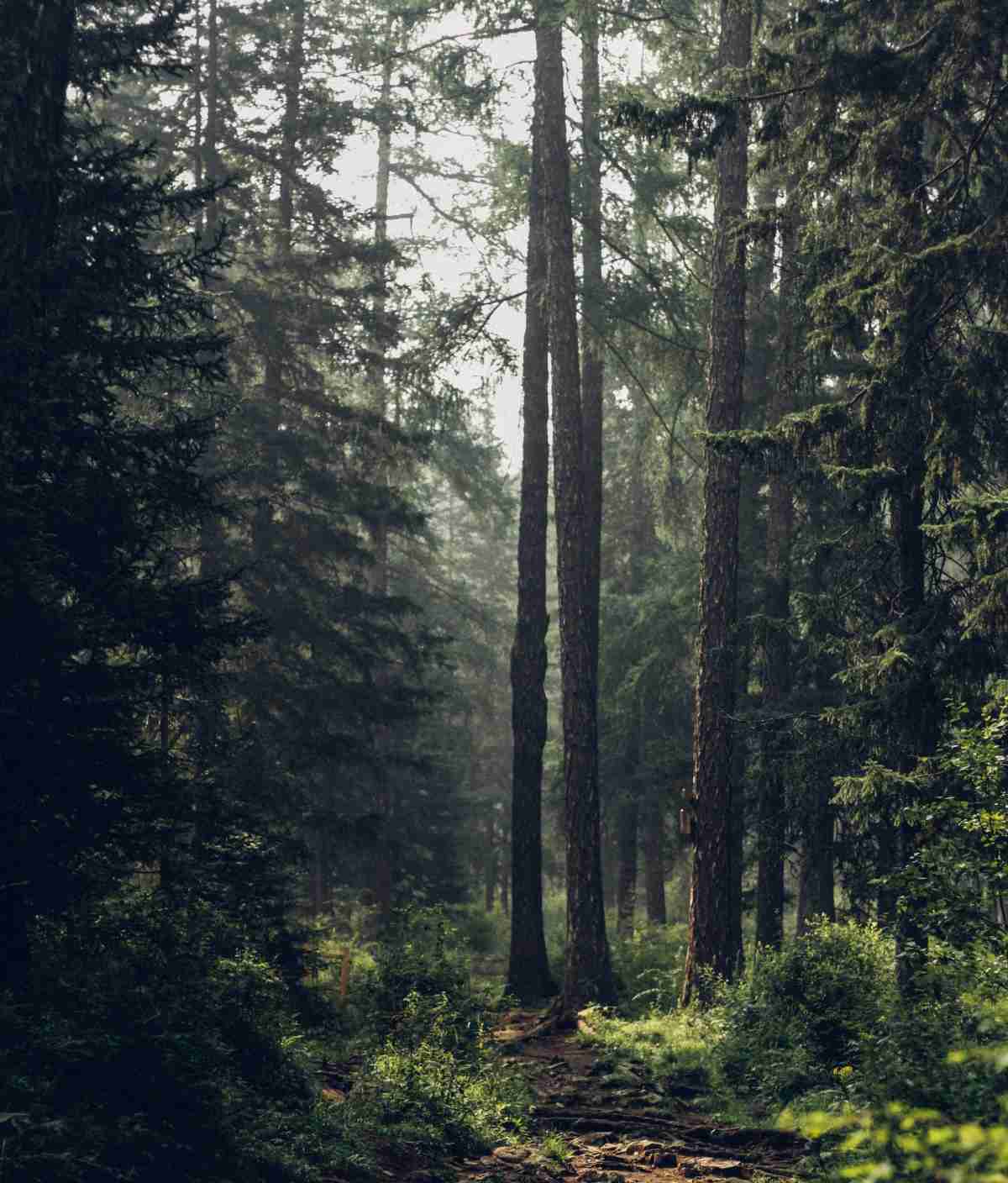
TAMARIND LEATHER
Tamarind leather is made from Leucaena, a tree native to northern Central America and southern Mexico. The Tamarind pods are usually crushed to make tamarind paste. But now, they could be our newest leather alternative.
Leukeather is a vegan alternative to exotic leather, developed by UAE-based Egyptian architect Nuhayr Zein. The material is made from the dried pods of Leucaena, also known as river tamarind.
It is clear to see why the leather is popular: It is fast-growing and requires little water, making it accessible for many locals.To make the leather, farmers gather dried pods and supply them to Leukeather. The company then uses biotechnology to improve the suppleness and flexibility of the pods, creating a material that is naturally waterproof and plastic-free.
Leukeather is said to be the only vegan leather that does not require embossing to obtain a leather-like texture, as the Leucaena pods give it a natural pattern.
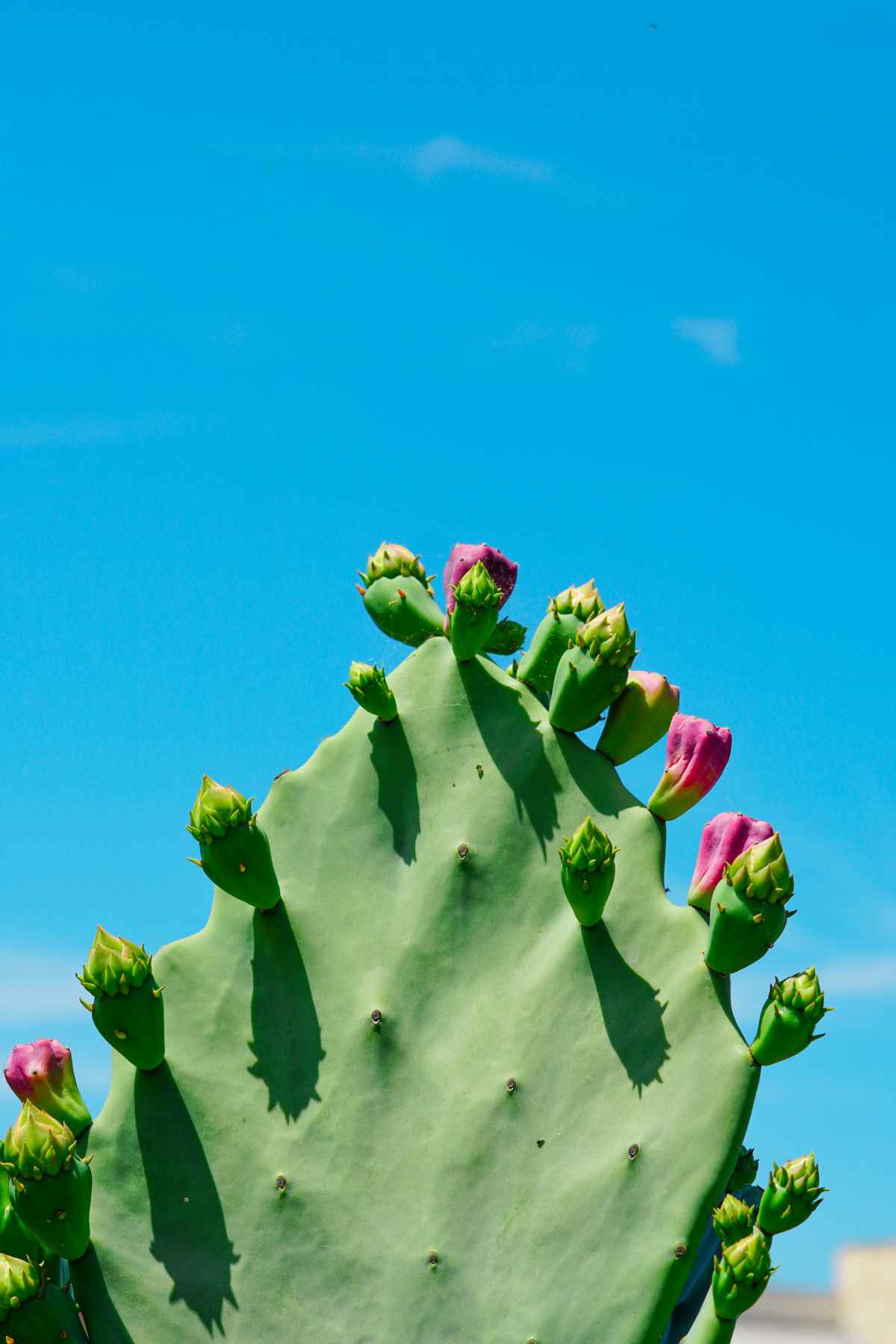
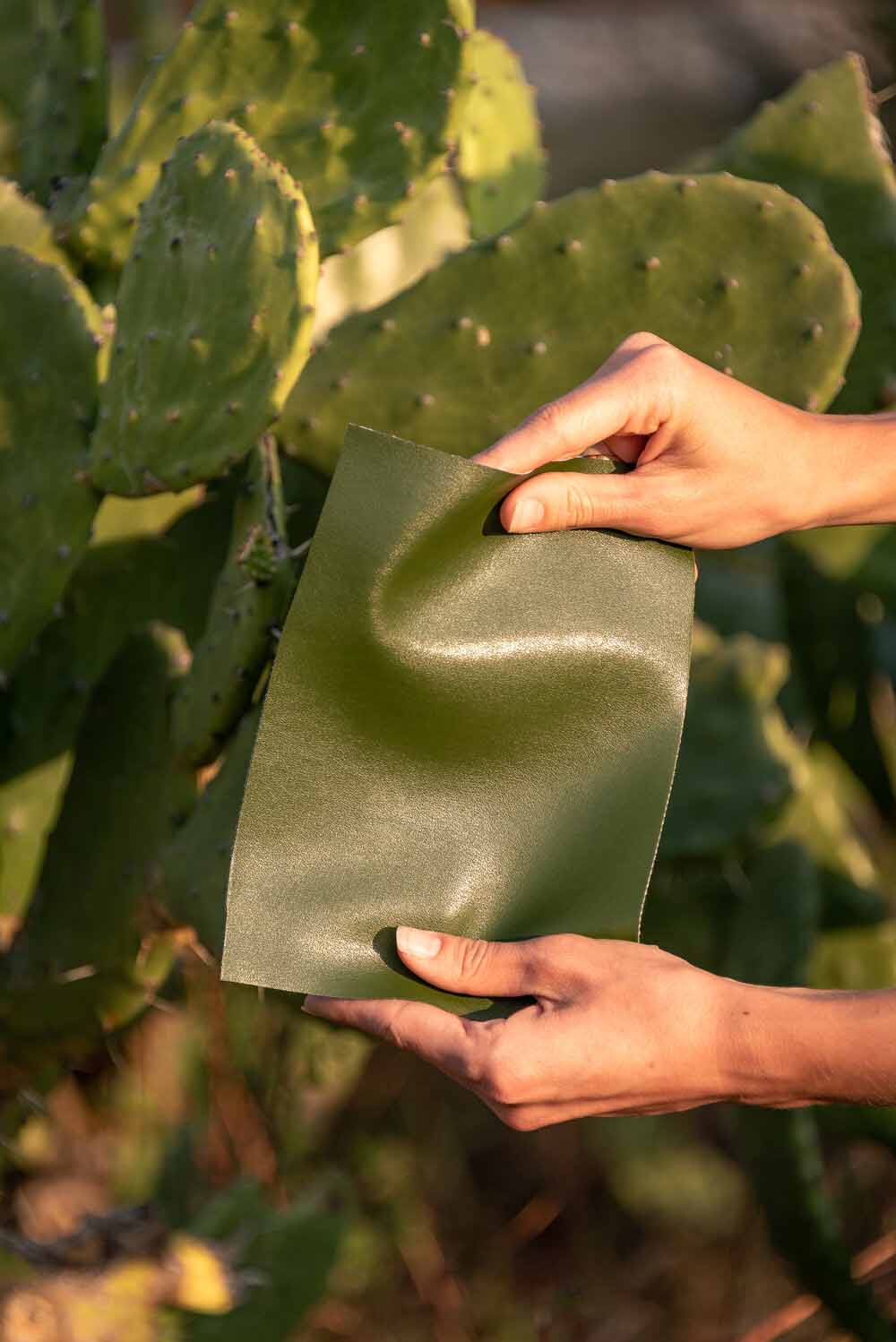
CACTUS LEATHER
The cactus leather is made from sun-dried fibers of cactus plants in Mexico. It is durable, smooth and water-resistant. It is currently being used to make belts, bags coats and shoes. Adrián López Velarde and Marte Cázarez debuted their innovative brand Desserto, created by their company Adriano Di Marti in 2019.
López Velarde and Cázarez came up with the idea for Desserto after learning about the plastic pollution crisis. They saw the potential of what cactus leather could be: it’s role as a carbon sink, and can absorb c02. The innovators were inspired by the issue with plastic pollution. They wanted to create something to solve the fashion. They ensured the cactus material, is partially biodegradable and has the technical specifications required by the fashion.
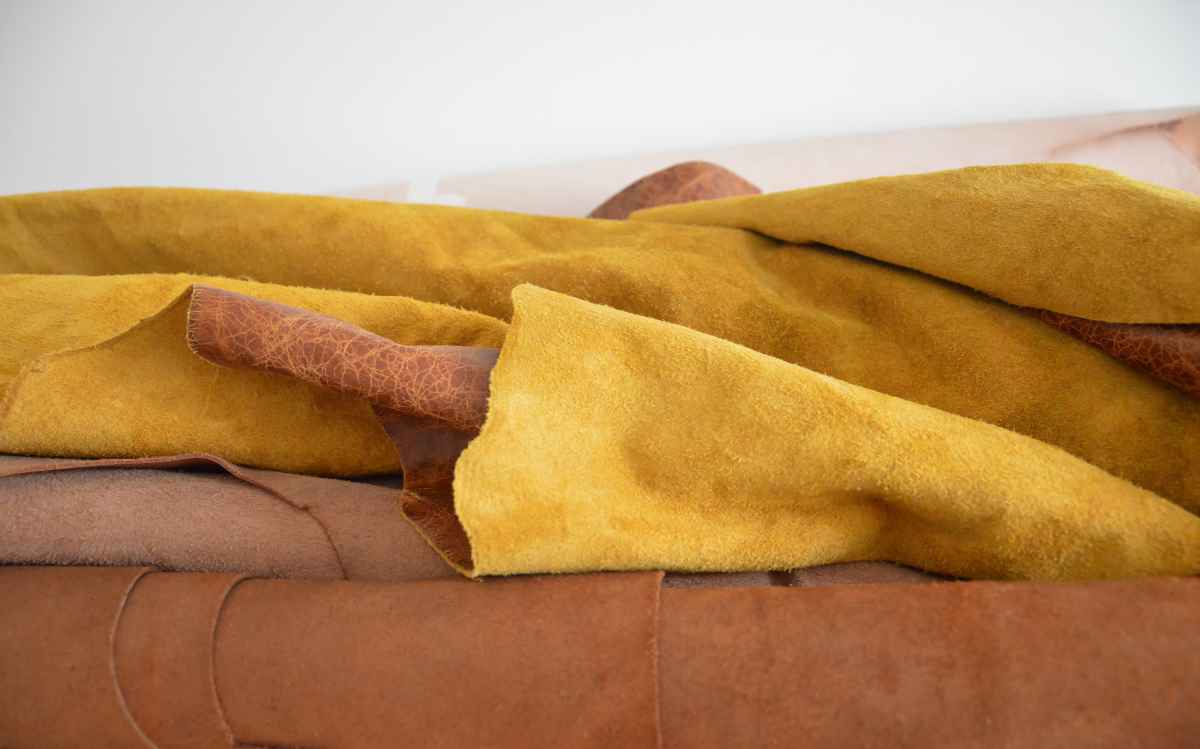

BANANA LEATHER
Bananatex is curated entirely from banana plants. Waterproof, durable, and chemical free. It is a great sustainable leather alternative. Crafted in the Philippines, Bananatex uses chemical-free sustainable forestry. It produces a leather-like fabric, perfect for accessories.
Similar in every other way, banana trees produce bananas. Abacá trees produce the abacá fibre. Bananatex grow these abacá trees without the need for pesticides or fertilizer. These strong fibres are then stripped from the trees for processing. Banana fiber production is extremely resource-efficient, it is renewable, with no water pollution and very little land resources needed.
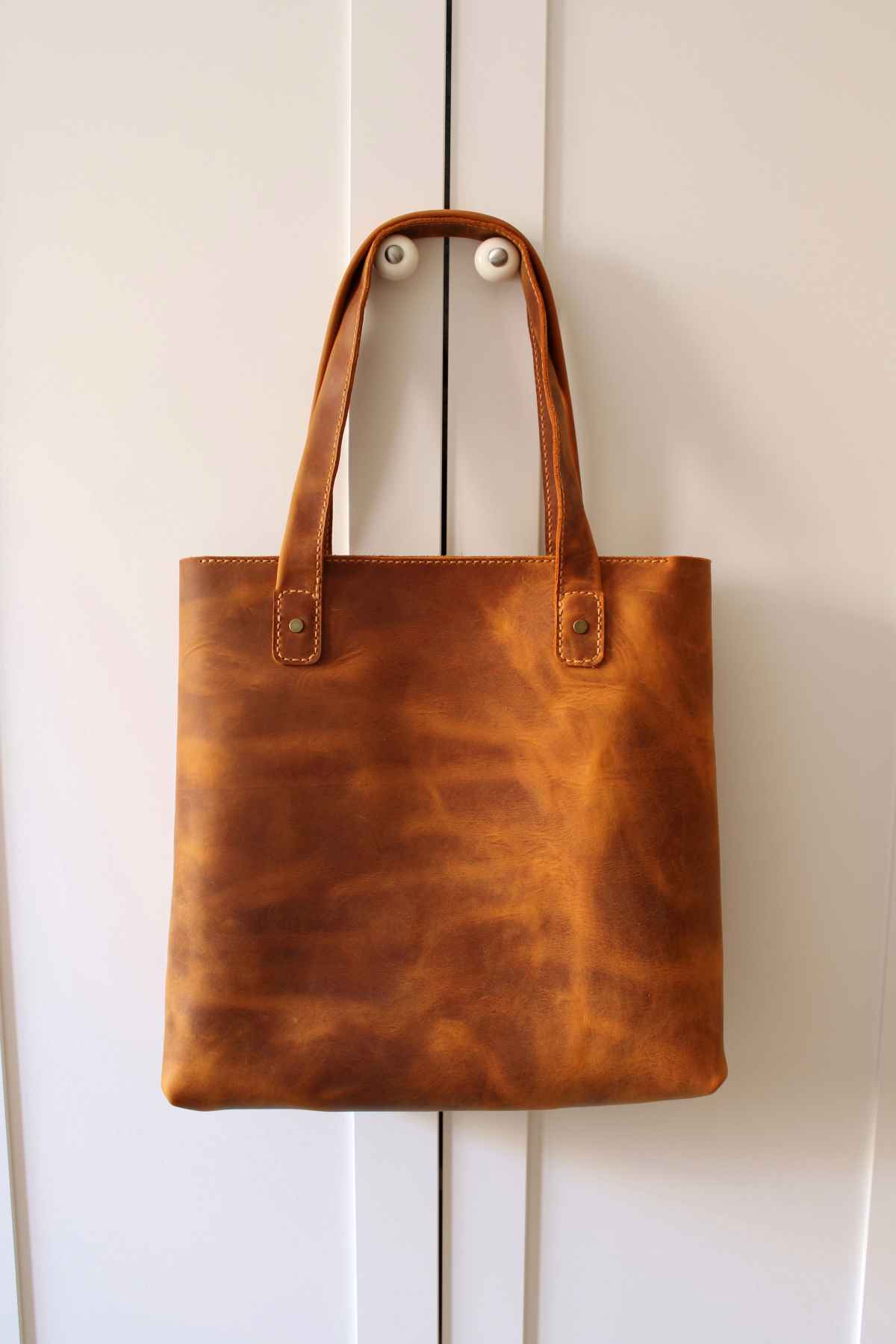

KOMBUCHA LEATHER
Kombucha is known to be great for our gut, who would have known it could be good for our planet too. This new possibility for a sustainable leather uses the natural culture which grows on top of kombucha tea. The bacteria and yeast that forms to produce SCOBY can be grown. Now being grown and dyed, the material has become a revolution.
Once the SCOBY achieves the desired size its harvested and treated just like traditional textile leather, this is followed by the drying process before being molded into shape. SCOBYs can be grown much more efficiently than leather, because it doesn’t rely on any animal products during production.
+ Words:
Emily Format
Luxiders Magazine
+ Hightlight Image:
© Jeff Sheldon via Unsplash








